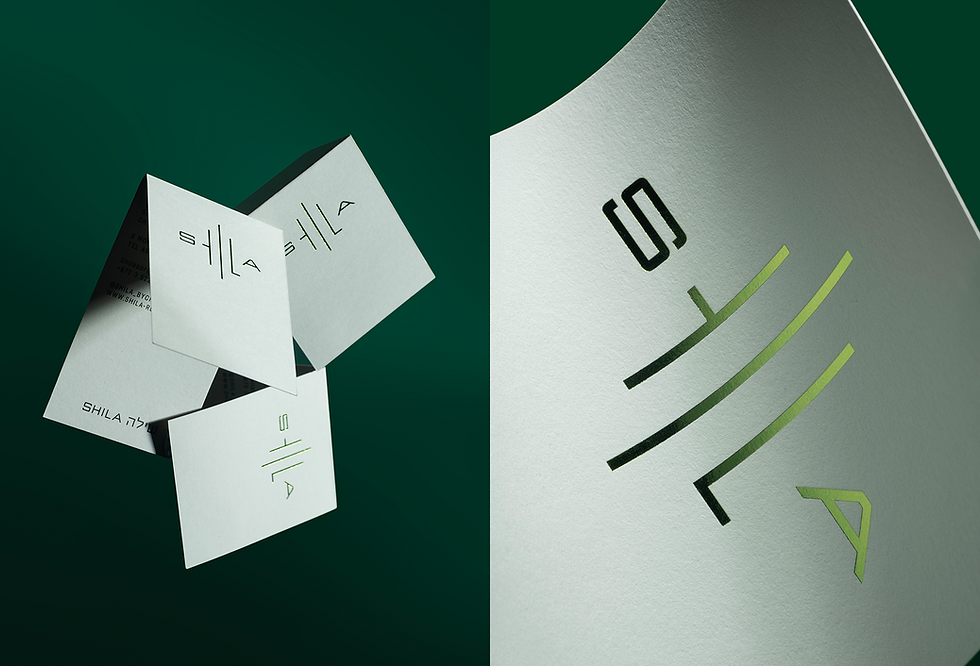- Shelly Peleg
- Nov 23, 2022
- 2 min read
Updated: Mar 20, 2023
As Black Friday and seasonal sales are upon us—with ads already bombarding us from every corner of the internet—now is the perfect time to look back to the fascinating world of advertising and its deeply-rooted links to graphic design.
For most of us, the word ‘advertising’ conveys images of capitalism, unethical overconsumption, and a general vibe of overall ickiness. For designers, it carries an even bigger stigma.
Ask any self-proclaimed “sophisticated” designer and they’ll be quick to dismiss advertising as a less-than-creative practice—but that’s far from the truth.
The reality is that from its inception, advertising has basically grown along the exact same path as graphic design. In fact, both have been with us for centuries. Egyptians used papyrus font to make sales messages and wall posters. In middle-aged Europe, where the majority of the population couldn’t read, they used signs with images signifying trades such as cobbler or tailor. And in the 16th to the 18th century with the advent of newspapers and magazines, modern advertising truly began to take shape.
Why is it then, that we tend to look down on the art of advertising? Perhaps it’s time to learn from our integrated histories and take on a different view.
As design writer Stephen Heller suggests in his 1995 essay for Eye Magazine Advertising, mother of graphic design: “Graphic design history is an integral part of advertising history, yet in most accounts of graphic design’s origins, advertising is virtually denied, or hidden behind more benign words such as ‘publicity’ and ‘promotion’. This omission not only limits the discourse but misrepresents the facts. It is time for graphic design historians, and designers generally, to remove the elitist prejudices that have perpetuated a biased history.”



